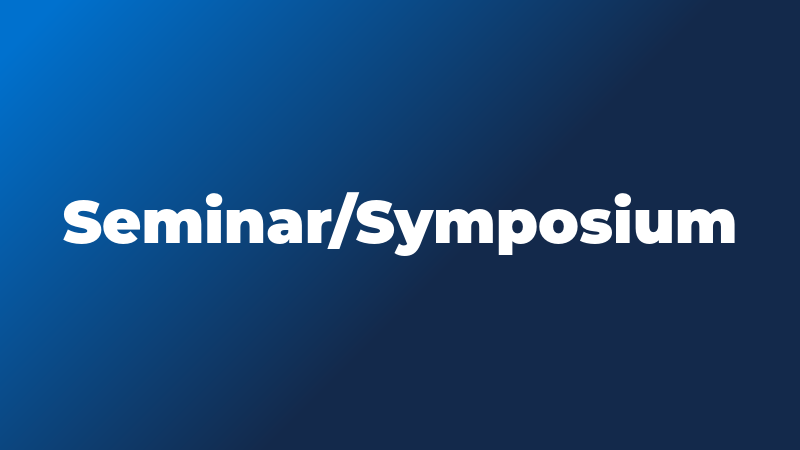PhD Final Defense for Qiming Zhu

- Sponsor
- Civil and Environmental Engineering
- Views
- 192
A hybrid physics-based/data-driven computational framework for multi-physics modeling of metal additive manufacturing
Advisor: Professor Jinhui Yan
Abstract
Metal additive manufacturing, such as laser powder bed fusion and directed energy deposition, is a promising technology with the potential to reshape the landscapes of various industries. Linking process to property and predicting powder spattering in metal AM requires effective multi-physics models, which remain a grand challenge for computational mechanics. To overcome this challenge, we formulate a hybrid physics-based/data-driven framework for the multi-physics modeling of realistic metal AM processes. The framework consists of a physics-based component, which alone acts as an effective high-fidelity model, and a data-driven component, which infuses fundamental physics and labeled data from the physics-based model, to enable AM simulations in sparse data regions.
The physics-based model is built on computational thermal multi-phase flow and discrete element method. On the one hand, we propose a mixed interface-capturing/interface-tracking formulation of thermal multi-phase flows, focusing on better handling laser-material interaction and gas-metal interface, where AM physics mainly takes place. Unlike existing AM models, our model simultaneously maintains an explicit gas-metal interface representation and resolves its topological changes (e.g., merging and separation) automatically without any mesh motion/re-meshing procedures. Specifically, we integrate a level set method (interface-capturing), thermodynamics, and multi-phase Navier-Stokes equations to capture the gas-metal interface topological evolution. Then, we extract a triangulation of the interface (interface-tracking) via a set of computational geometry algorithms. The explicit gas-metal interface representation leads to a direct ray-tracing algorithm for the multiple laser reflections on the melt pool and a geometry-based level-set reinitialization technique. We also propose a three-level recursive preconditioning technique to handle the resulting linear system with large condition numbers. On the other hand, the particle motion is modeled by a level set function and the discrete element method. The level set function is used to describe the motion of melted particles, while the discrete element method describes the motion of unmelted particles. Such combination reduces the computational cost without sacrificing the accuracy.
The data-driven model embraces recent advances in scientific machine learning. The goal is to address data scarcity in the application of off-the-shelf big-data-based ML models to metal AM, where labeled data are expensive to be obtained. To this end, a physics-informed neural network is developed. The PINN model retains high accuracy by fusing a small amount of labeled simulation data and conservation laws to inform the learning process. Departing existing PINN models that enforce Dirichlet boundary conditions by penalizing them in the objective function, we propose a hard-type approach using a Heaviside function, which not only enforces the BCs exactly but also accelerates the learning process.
In the defense, the mathematical details of the proposed framework are presented followed by verification/validation against benchmark problems. Then, the feasibility of the framework in elucidating fundamental metal AM physics (e.g., melt pool dynamics and keyhole instability) and predicting critical quality-related quantities (e.g., defect and surface roughness) are demonstrated through a series of real world applications. The framework’s accuracy is assessed by comparing the simulation results against experimental measurements from NIST and Argonne national laboratory using in-situ X-ray imaging. Moreover, the framework shows the capability to predict quantities that are difficult to be measured in experiments.